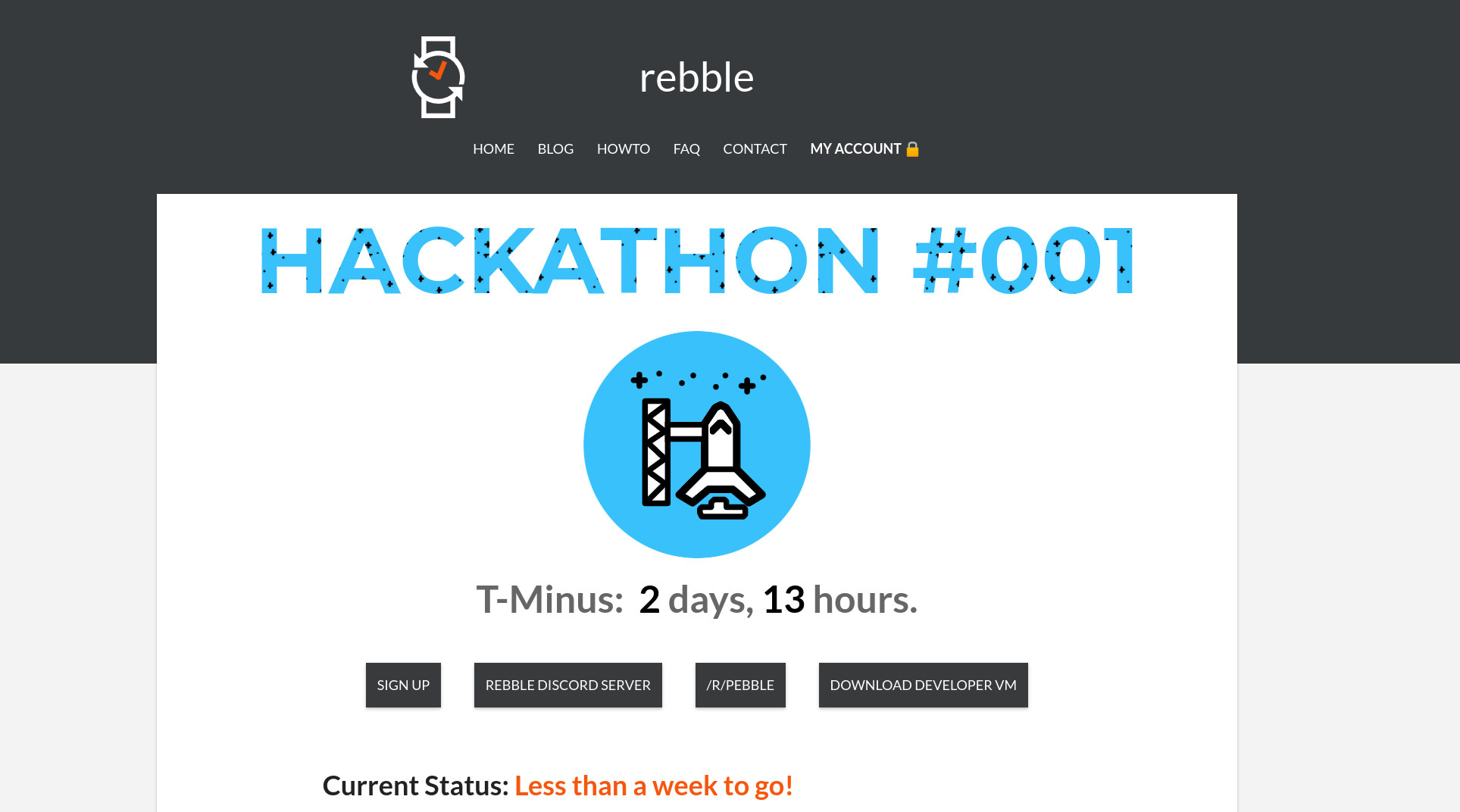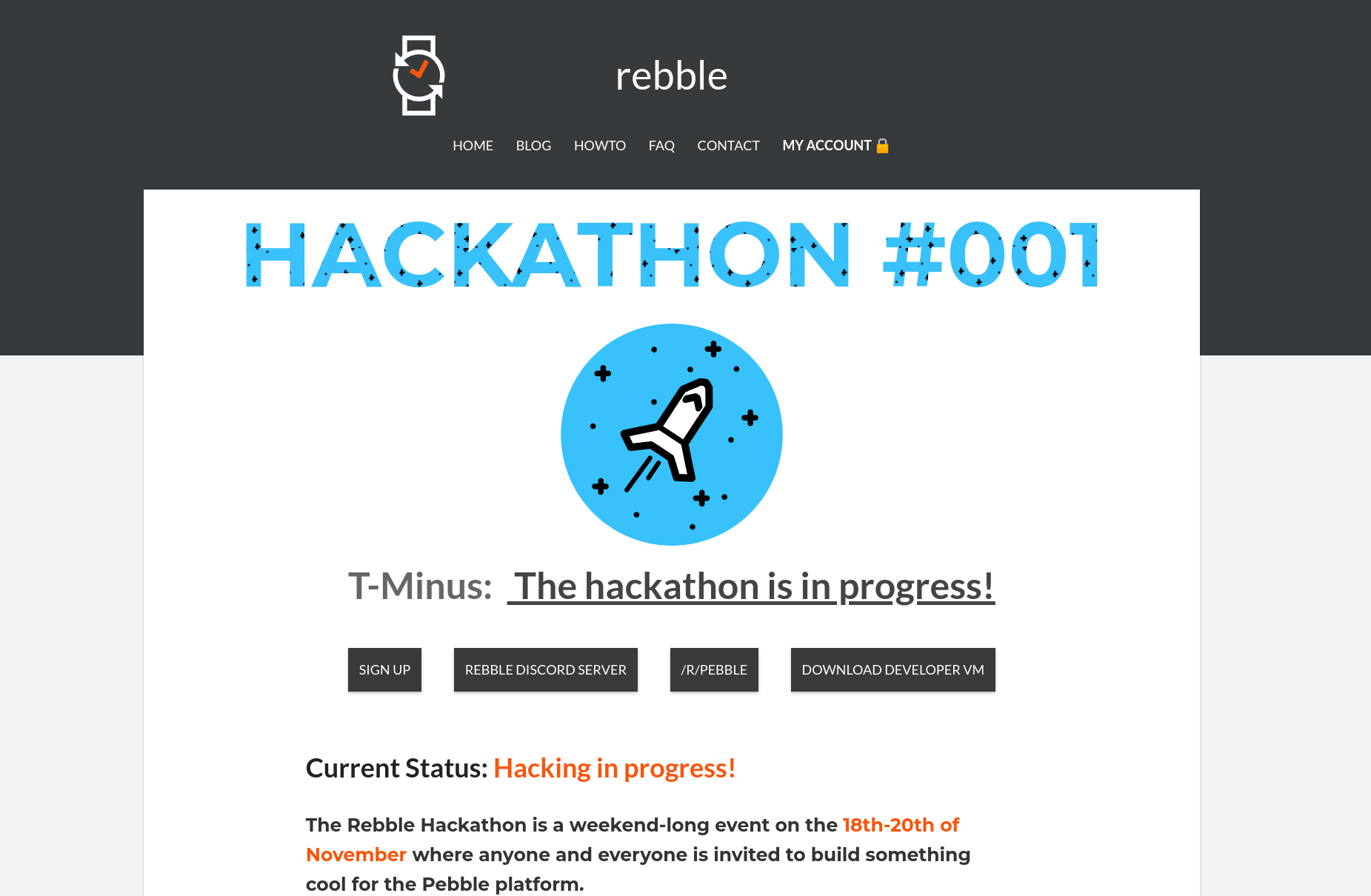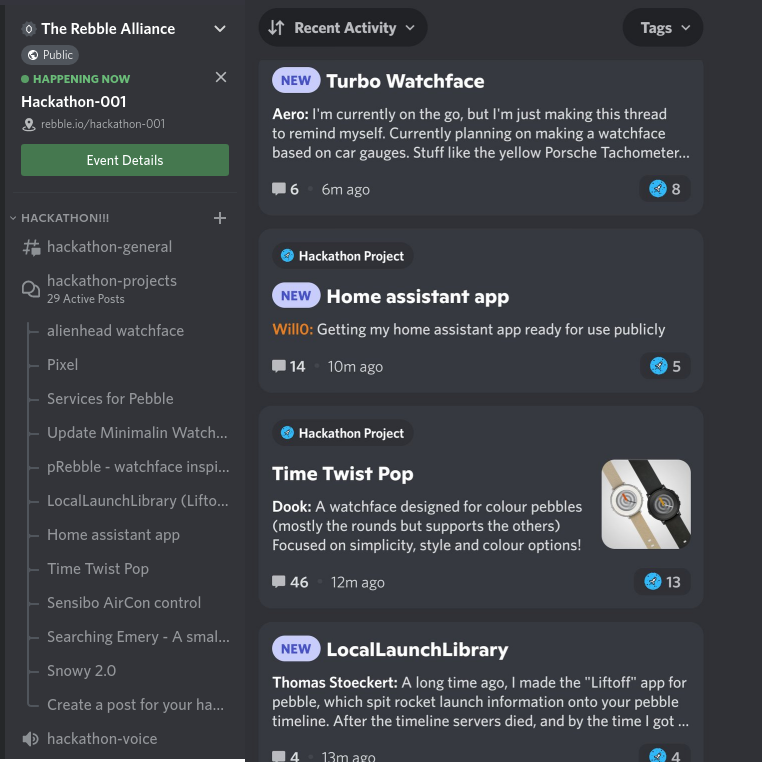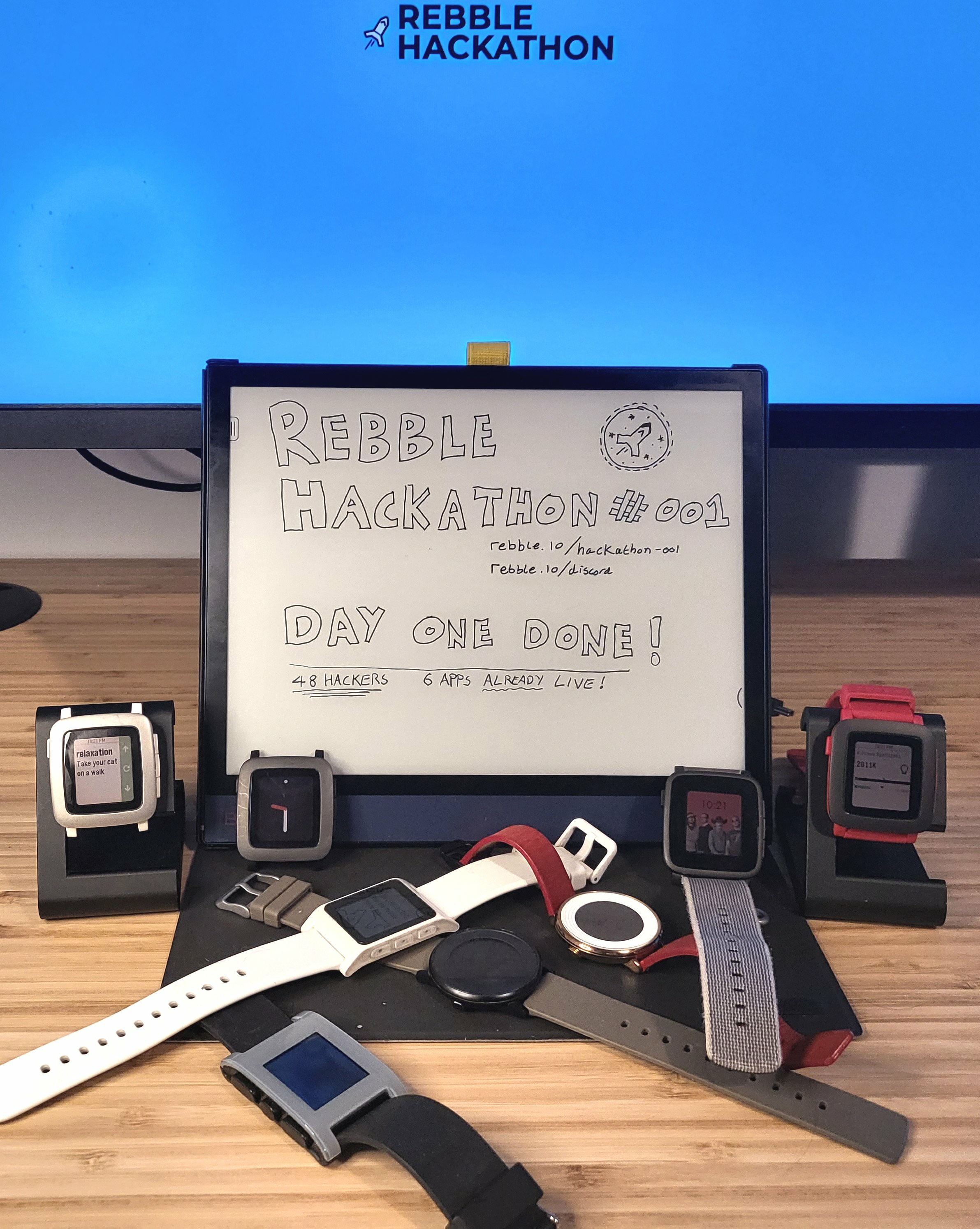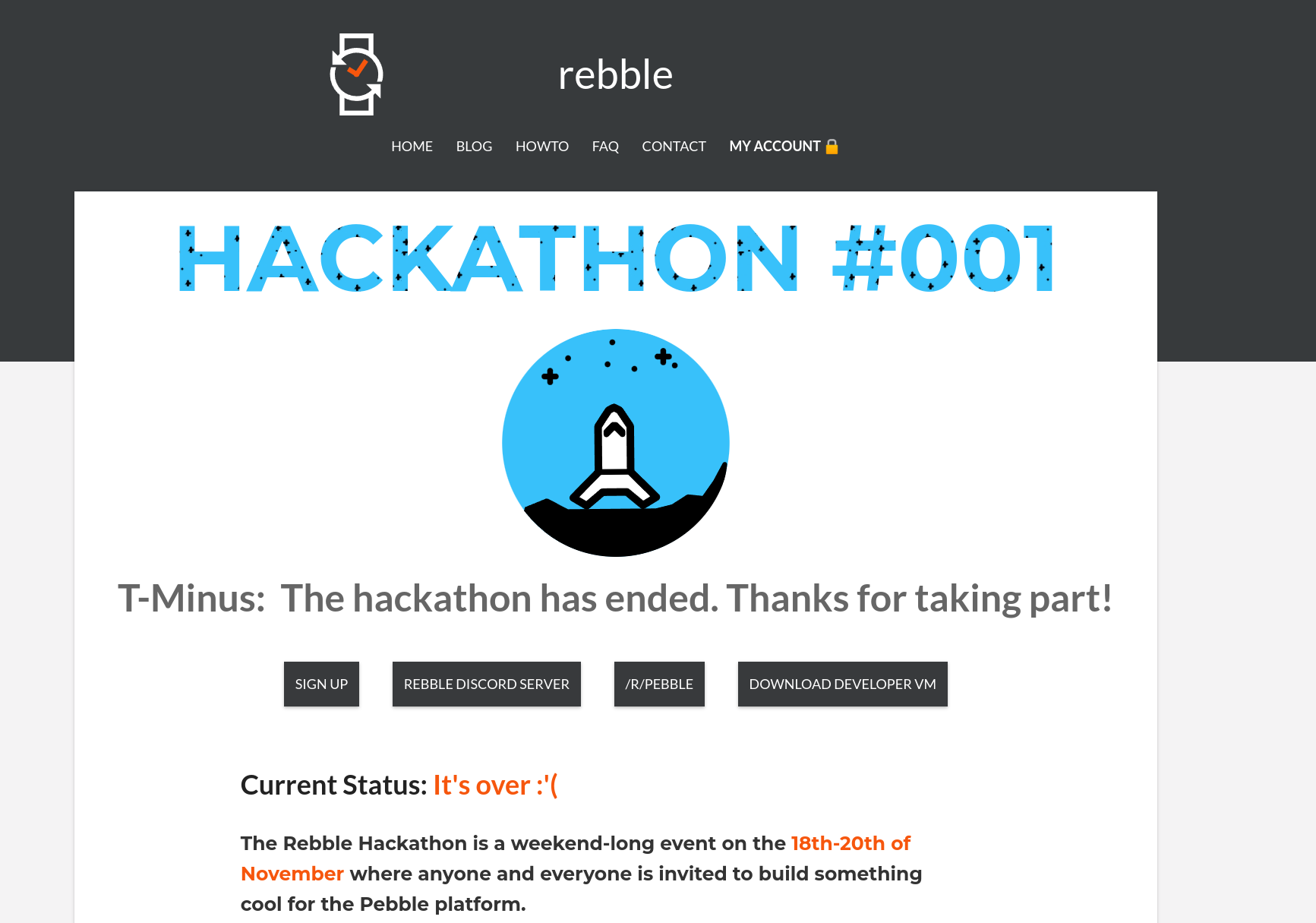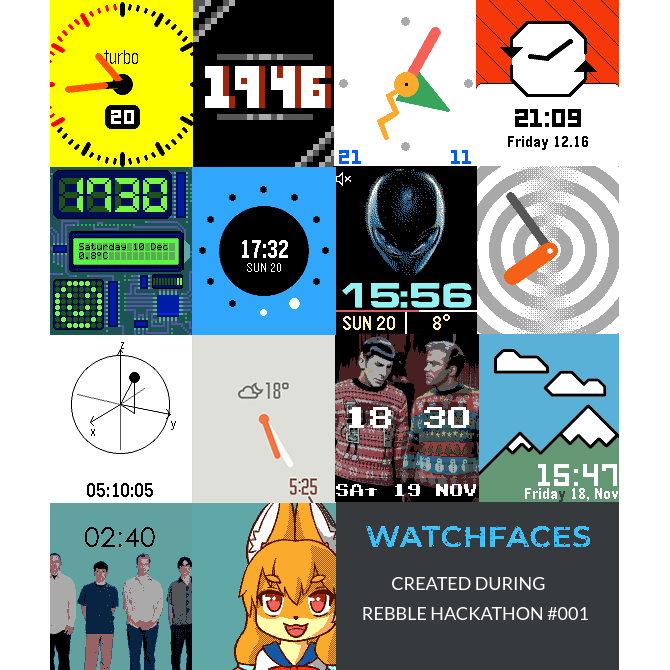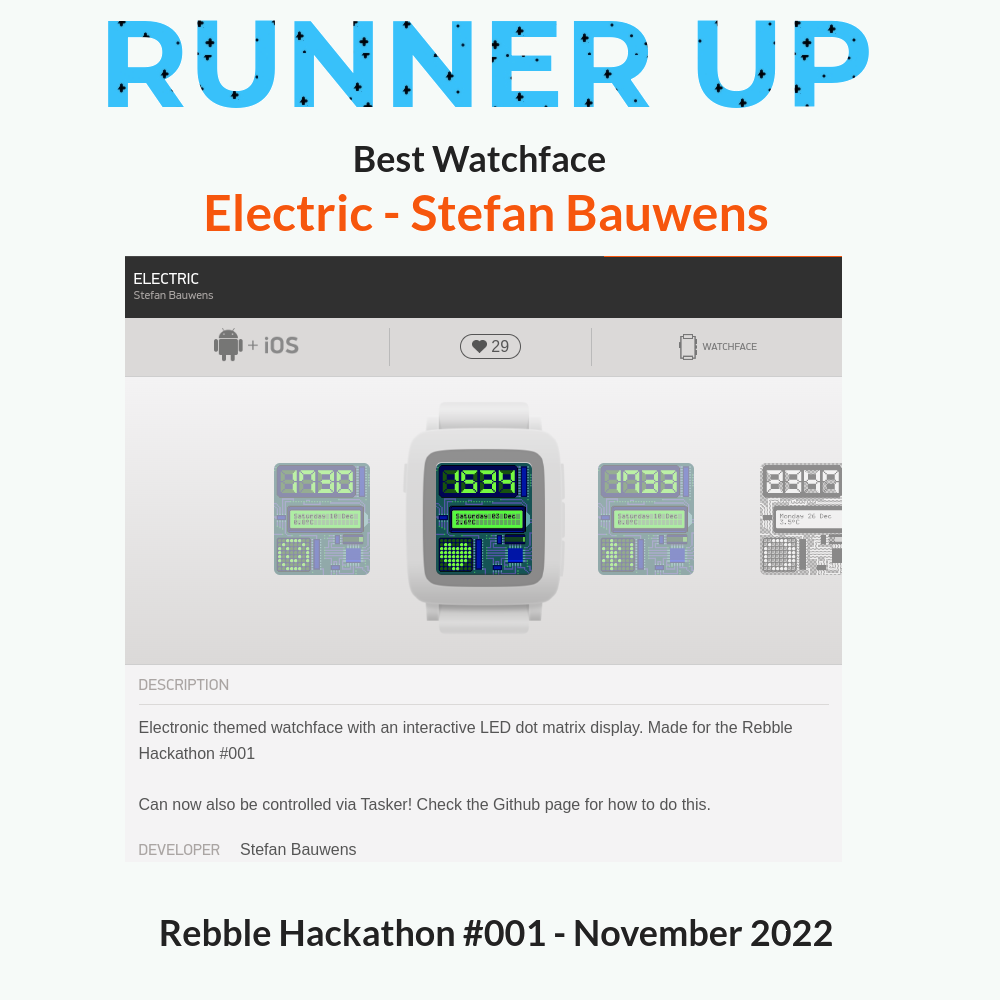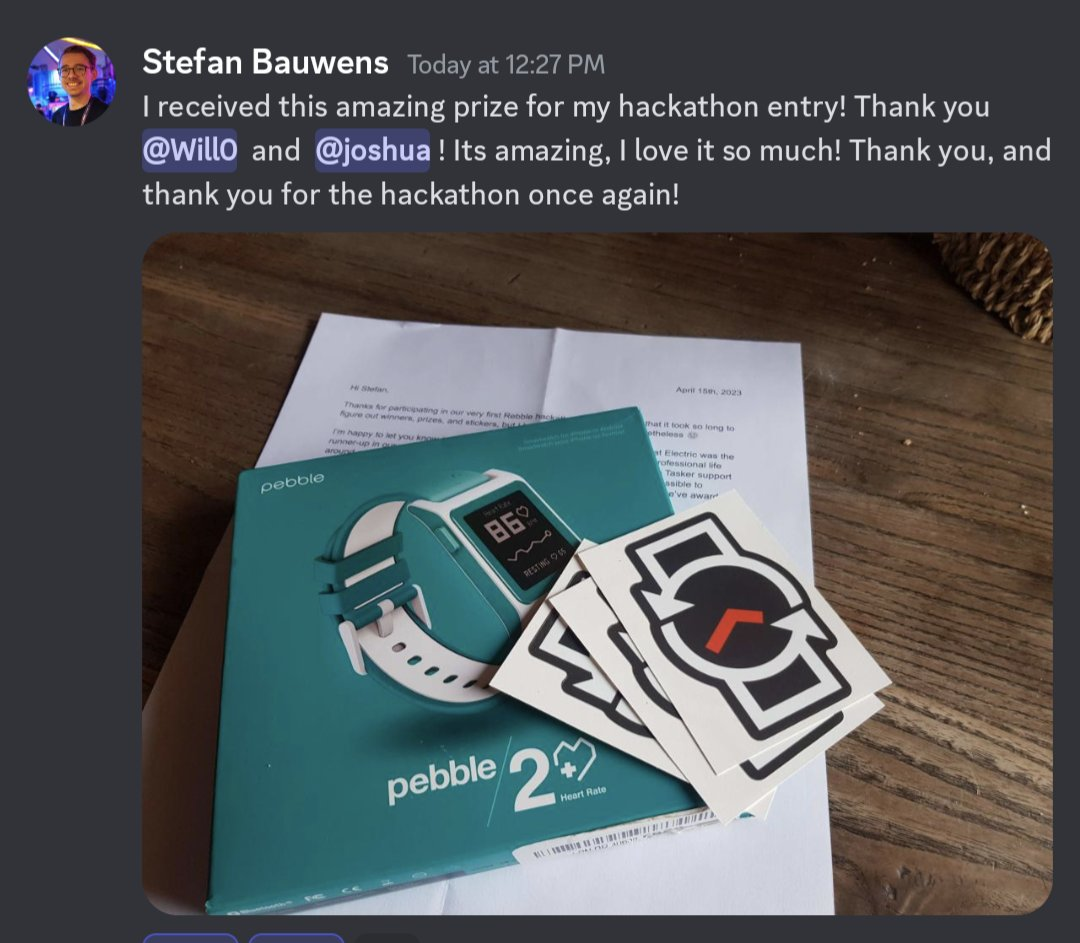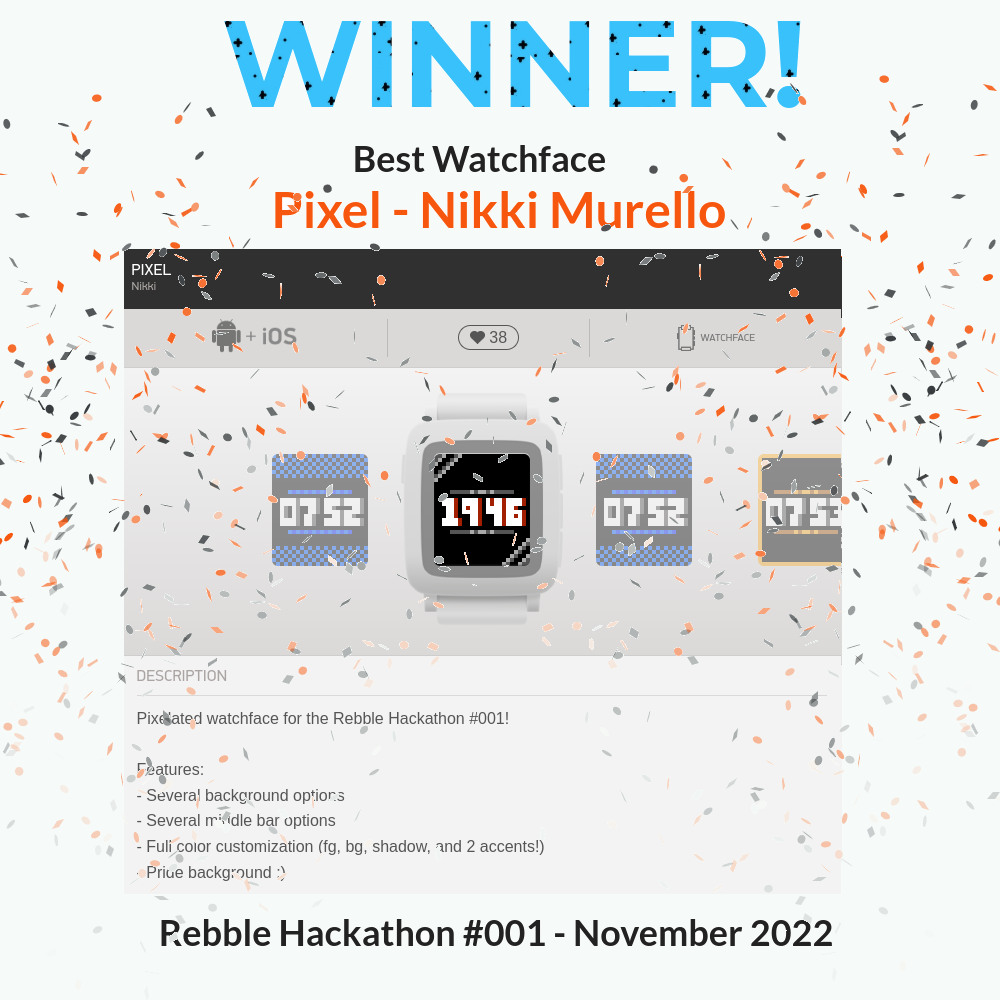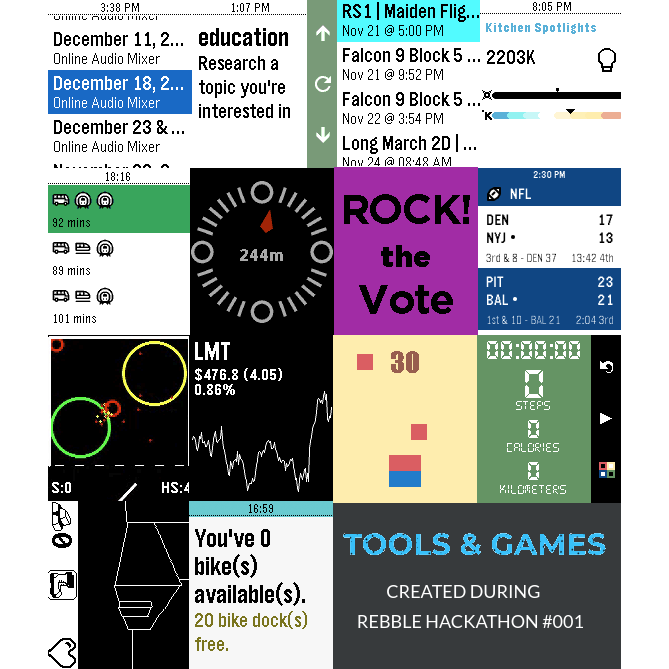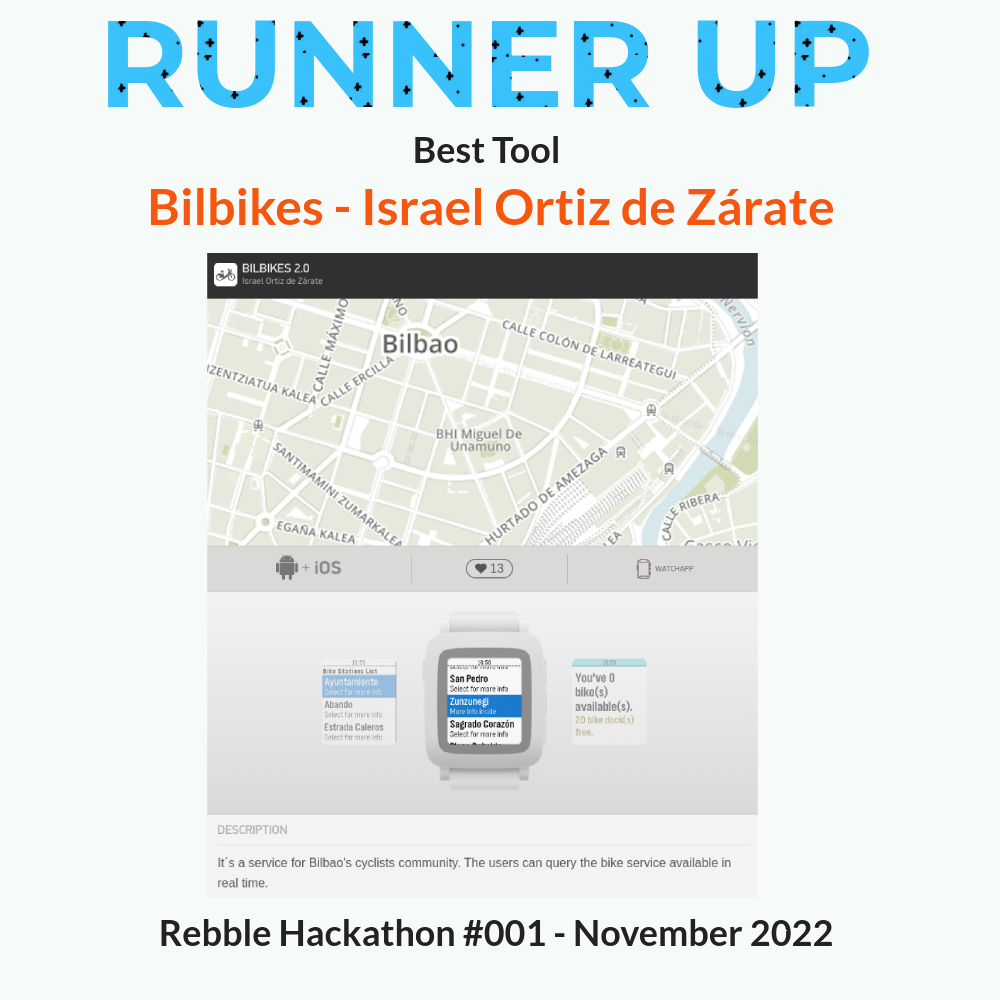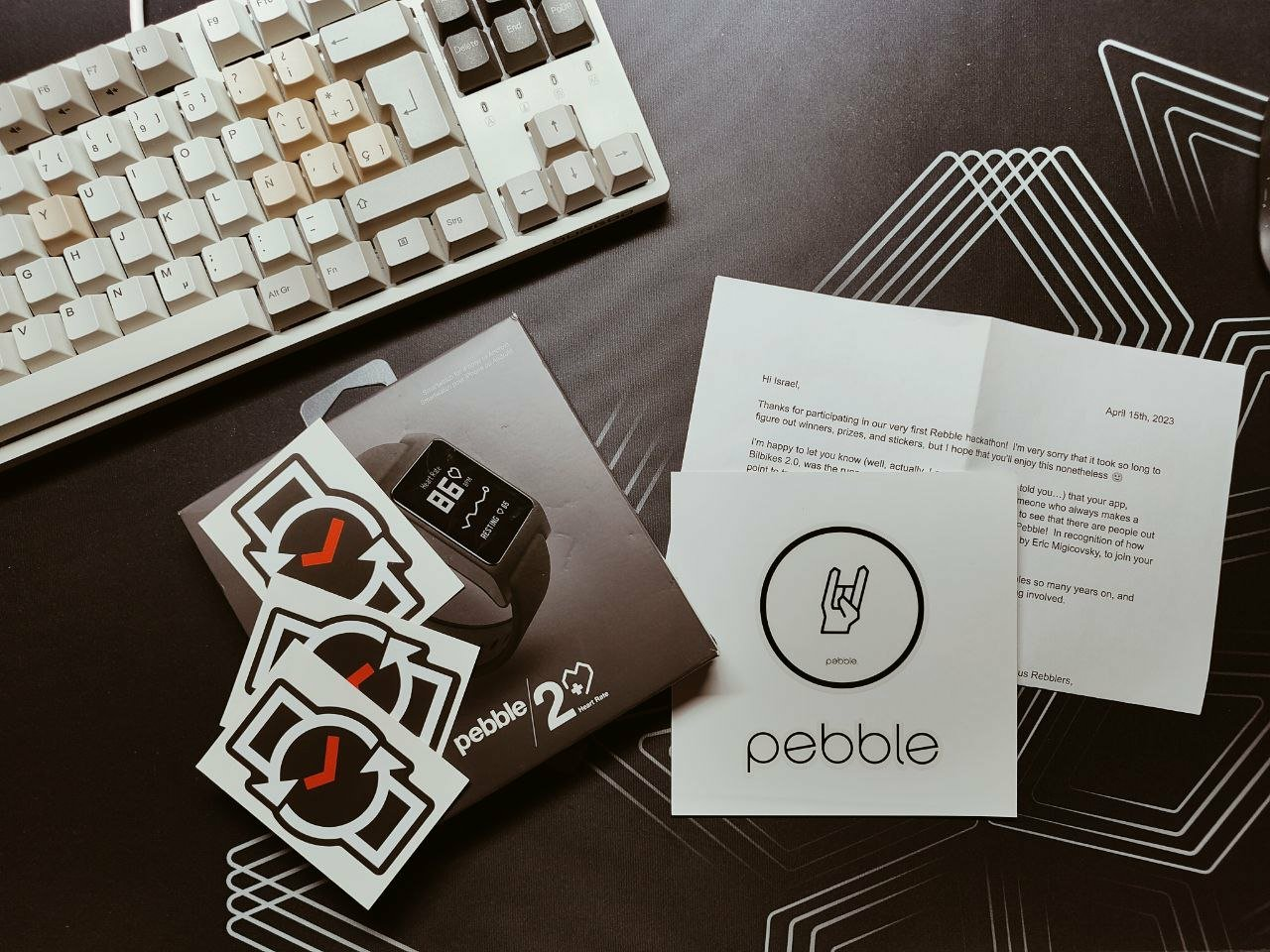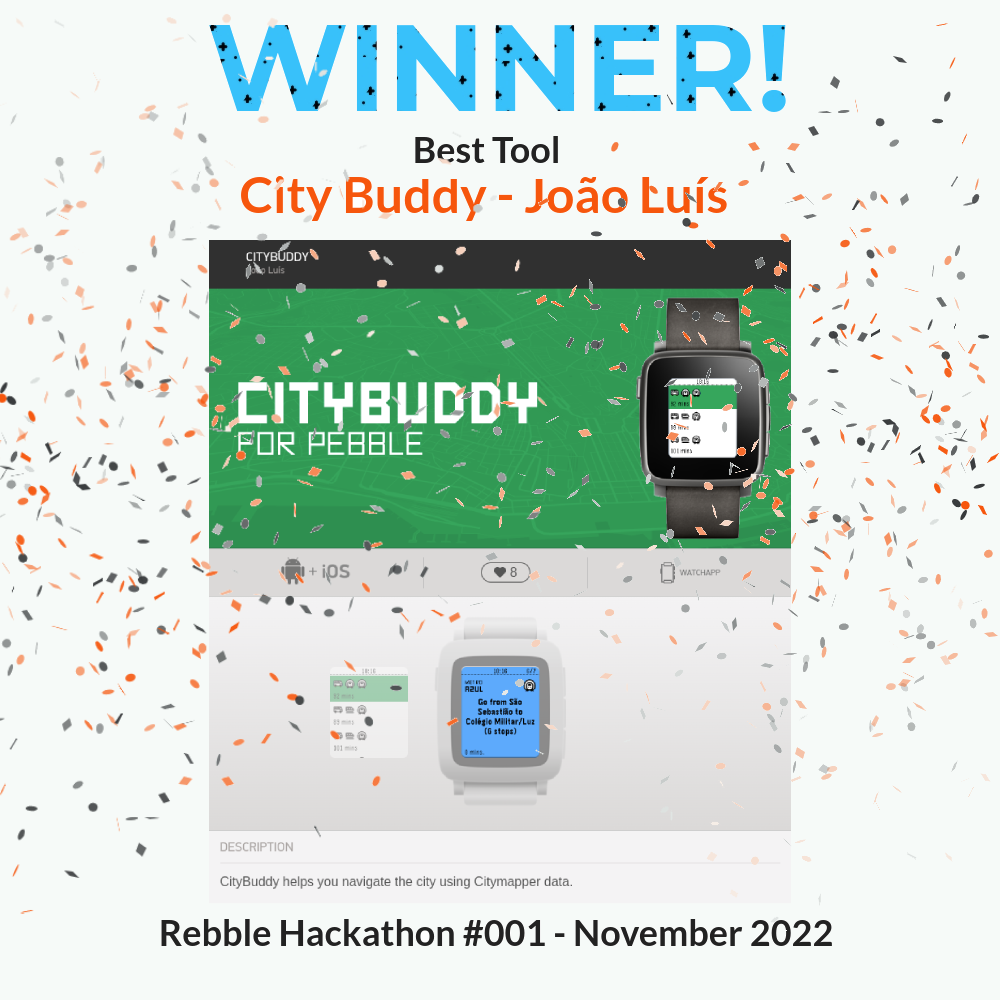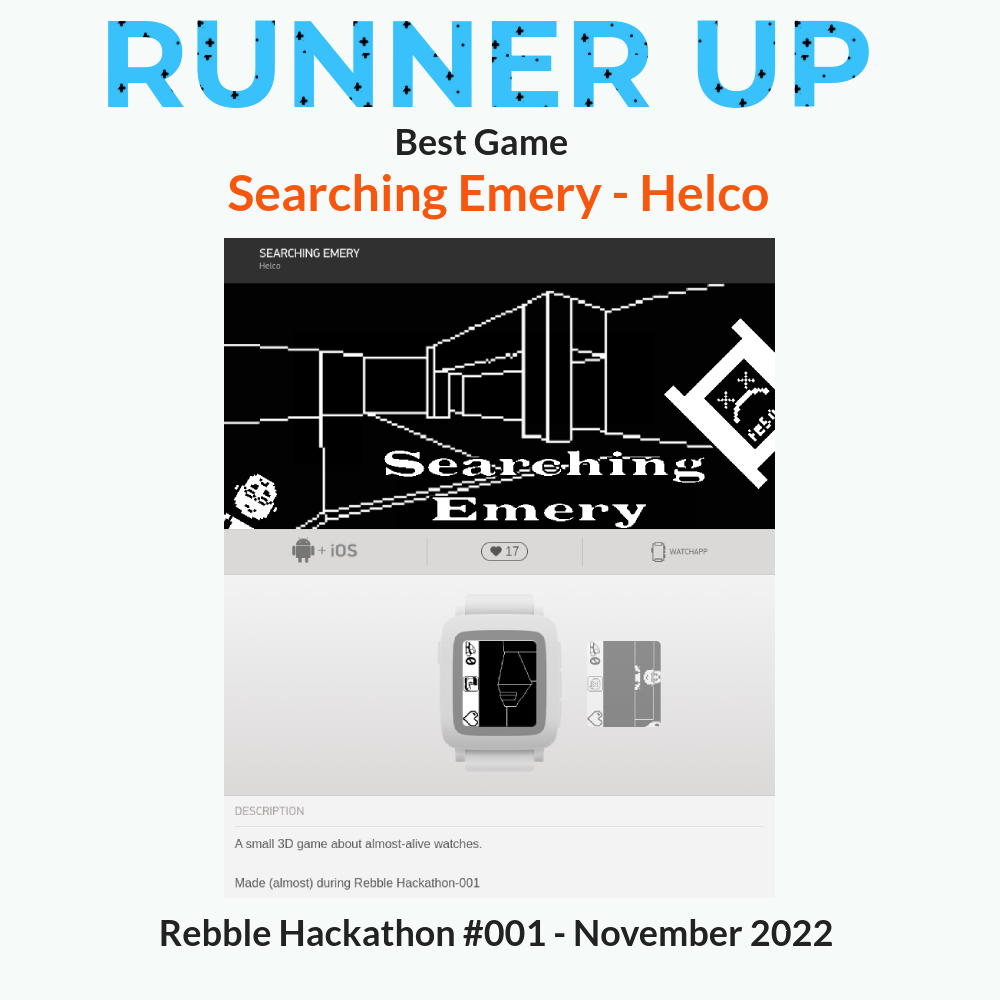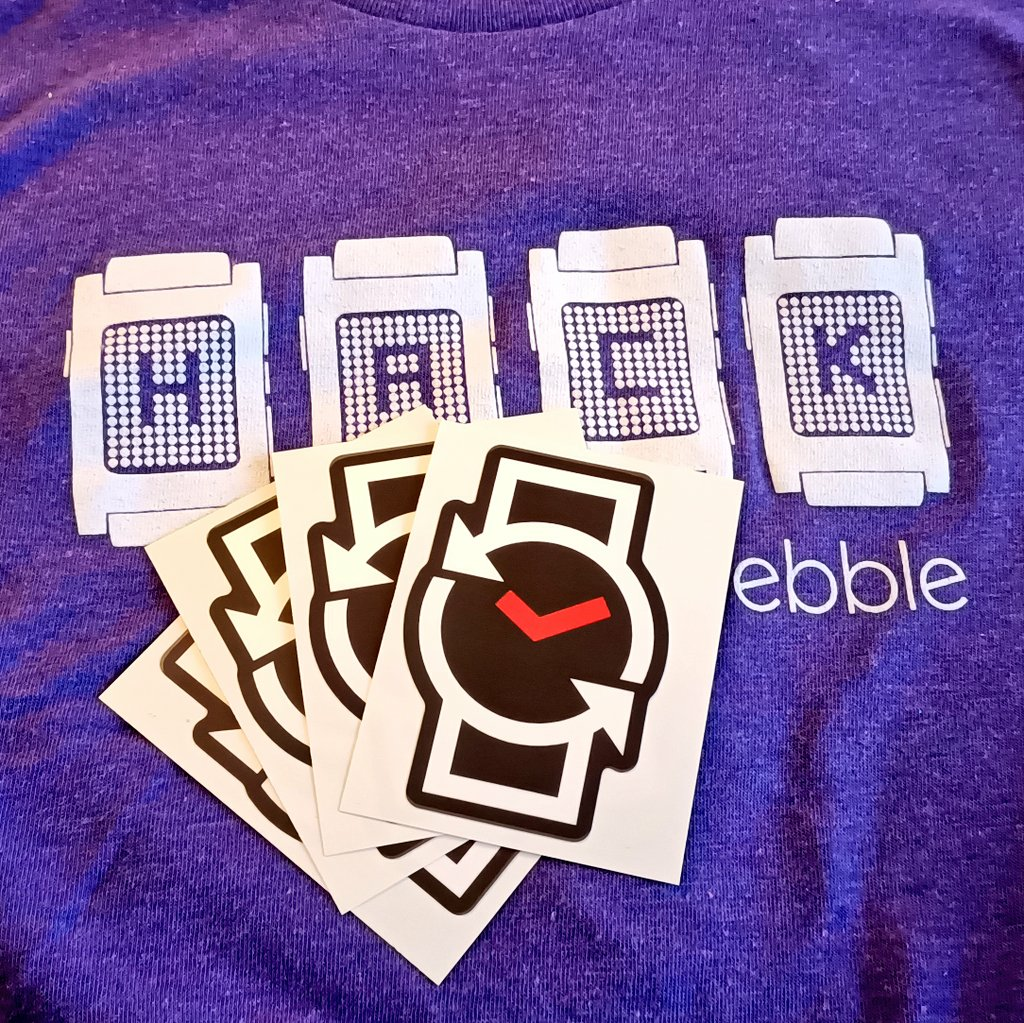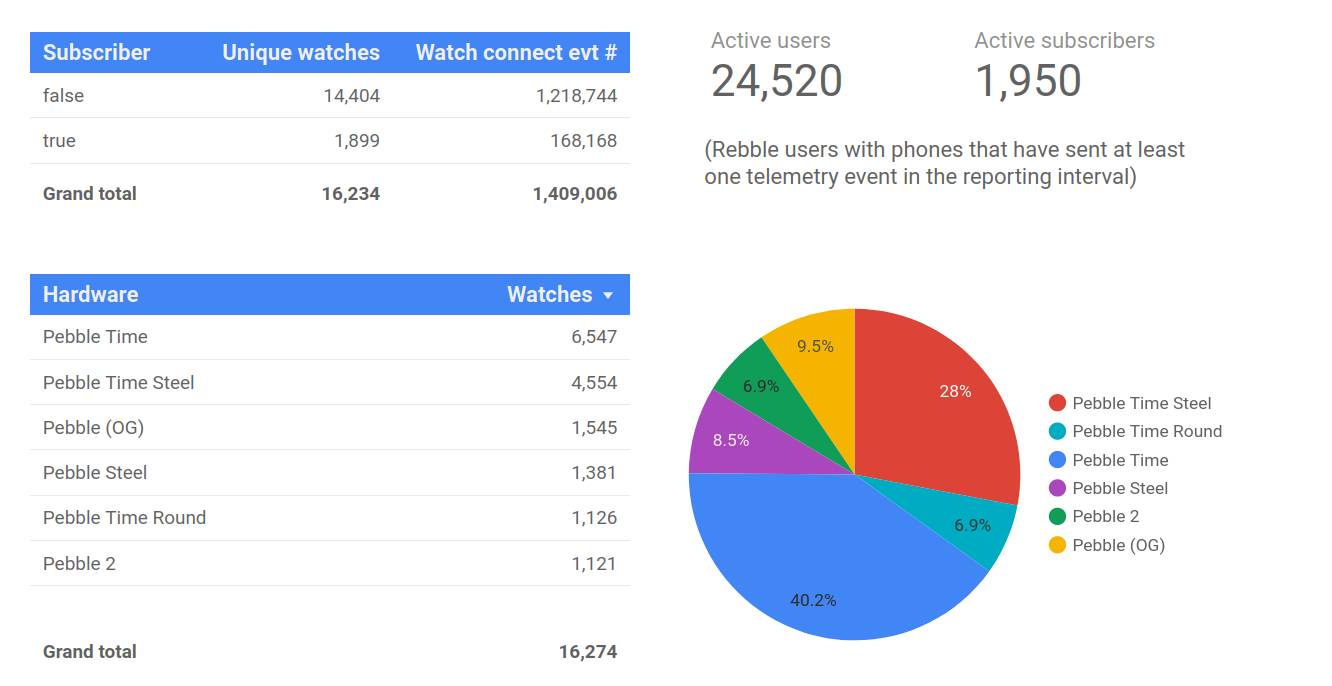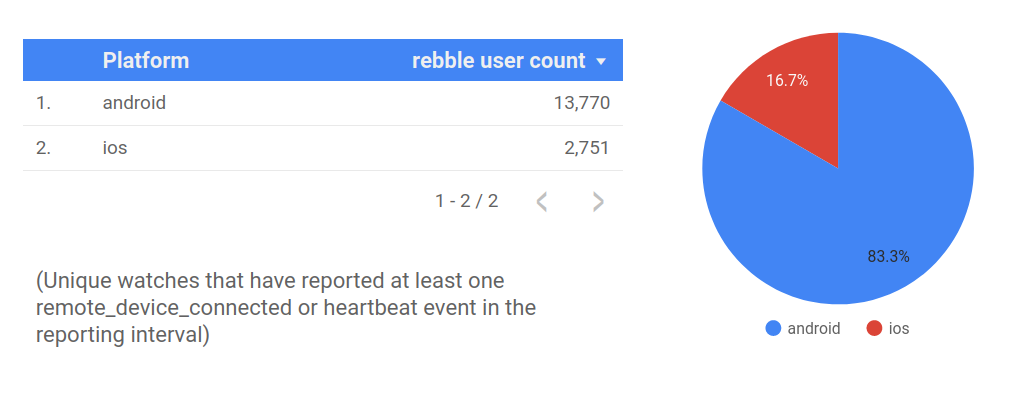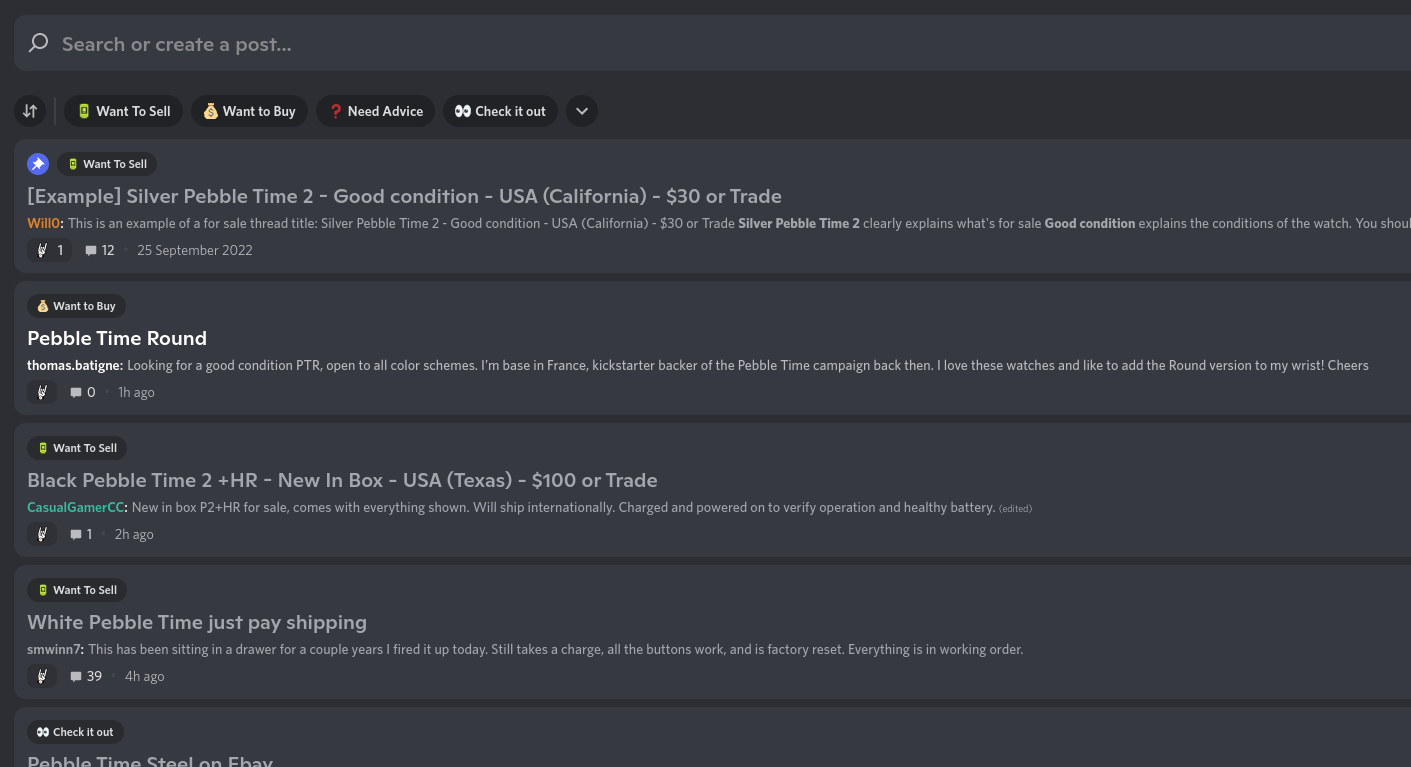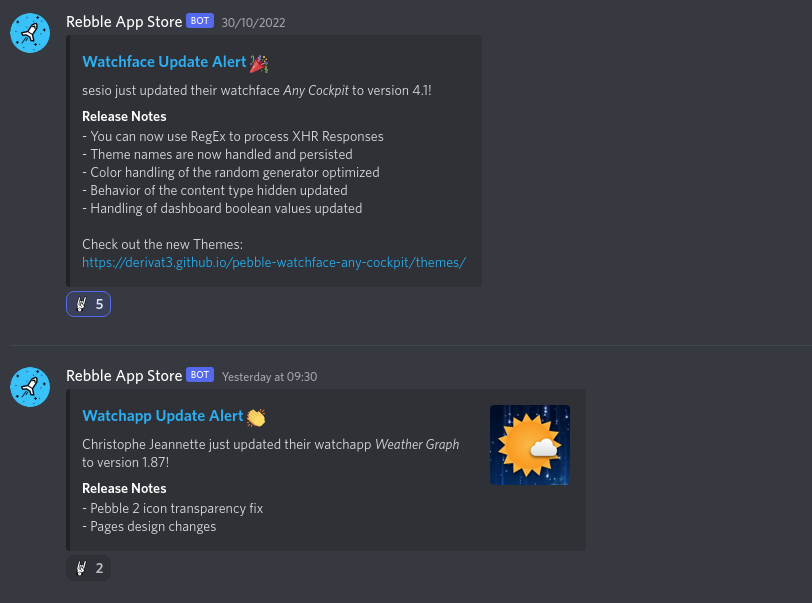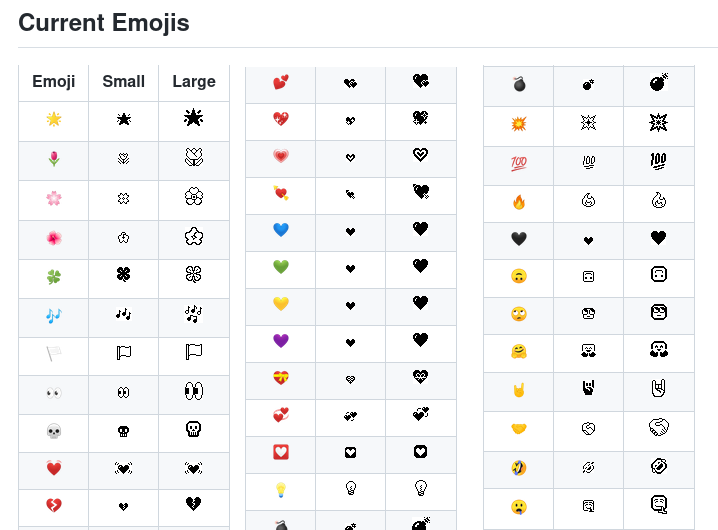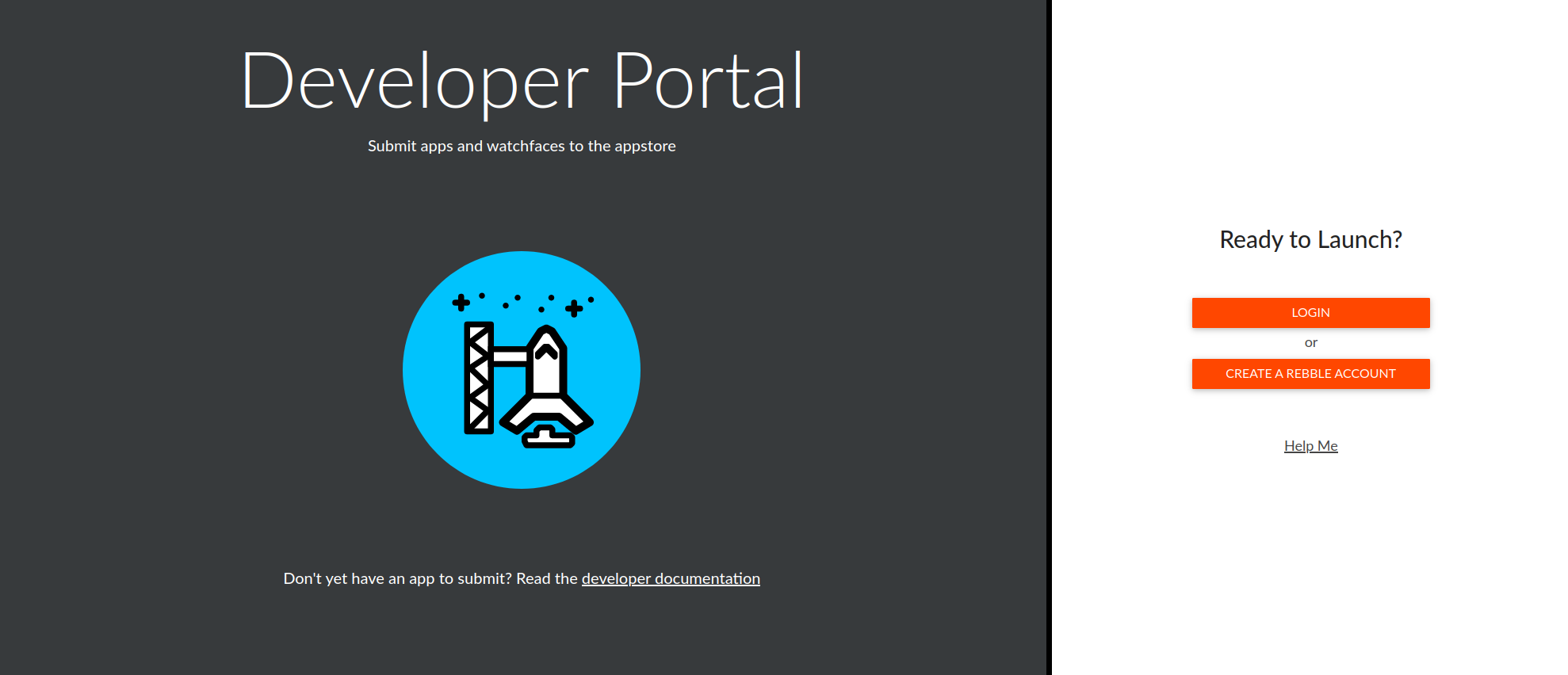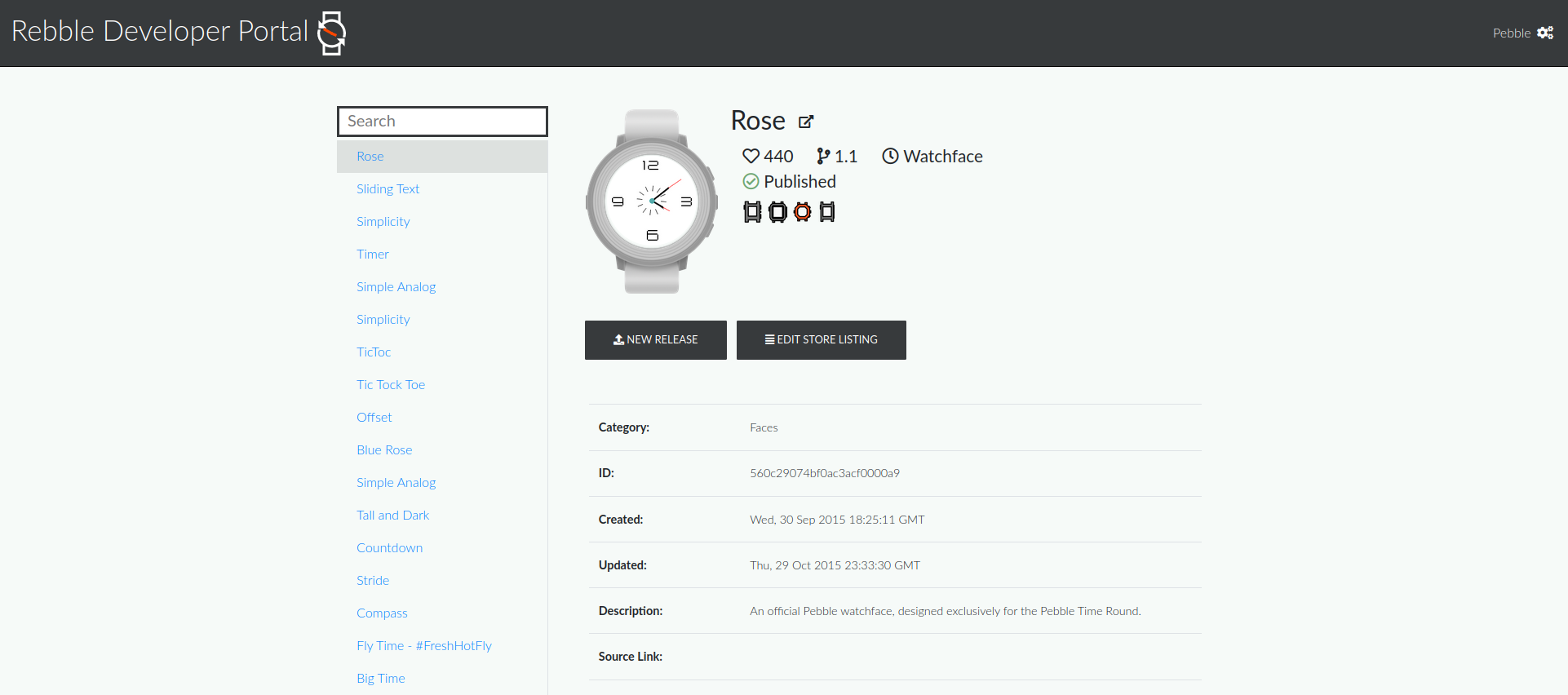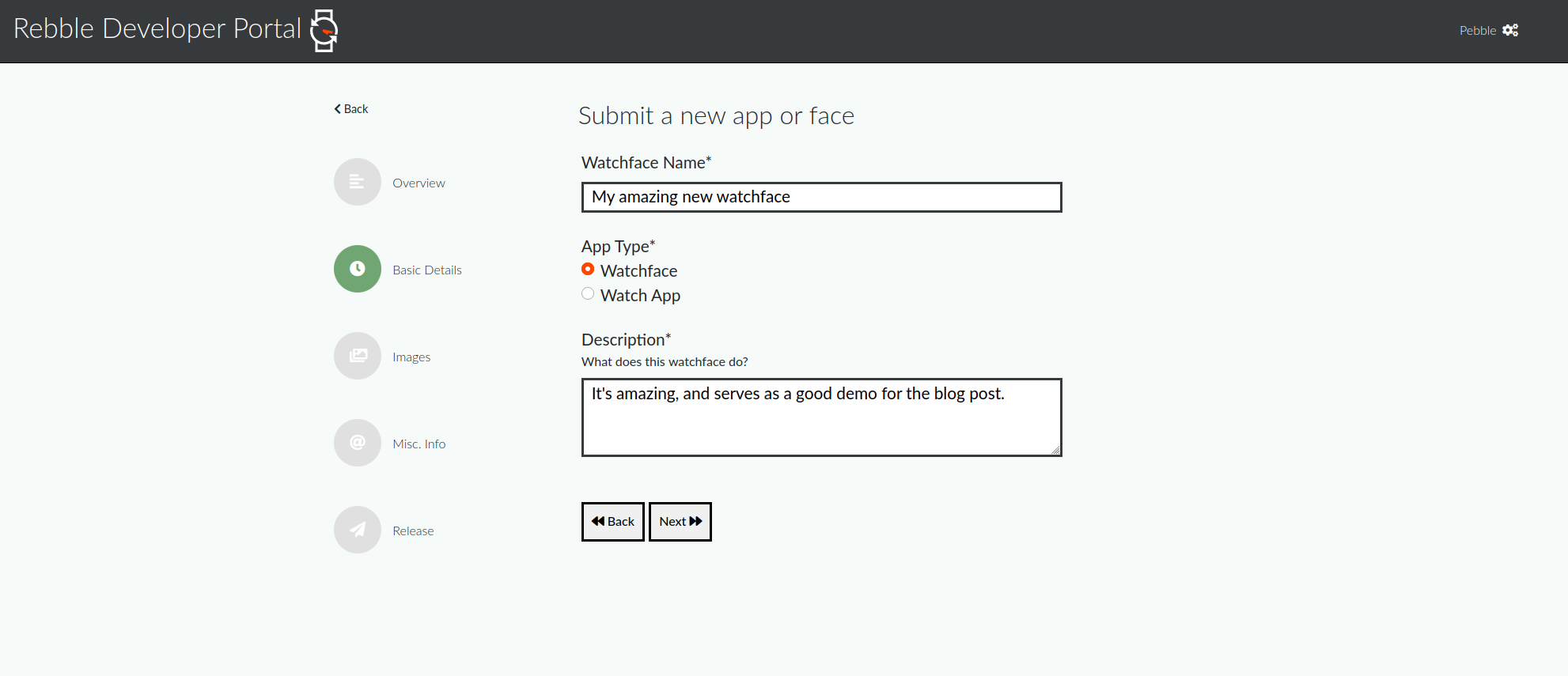The future of Rebble
Today we’re excited to announce several developments which will affect the future of Rebble. Let’s get straight into it, starting with the big one…
🎉 Google Open Sources Tintin
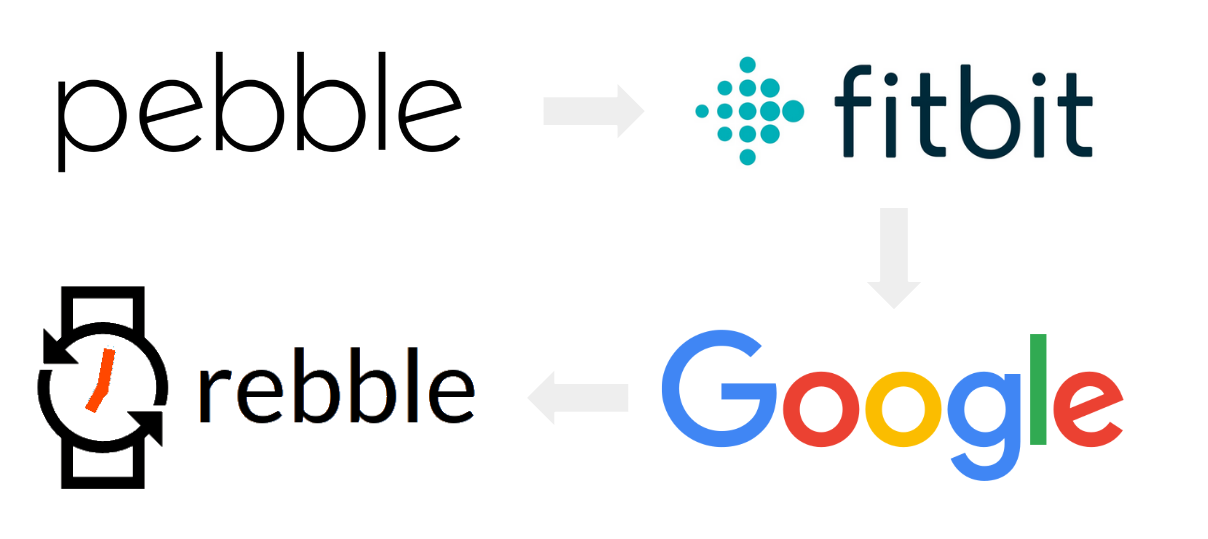
Today Google announced that they have released the source code to PebbleOS. This is massive for Rebble, and will accelerate our efforts to produce new hardware.
Previously, we have been working on our own replacement firmware: RebbleOS. As you can see by the commit history though, progress was slow. Building a production-ready realtime OS for the Pebble is no small feat, and although we were confident we’d get there given enough time, it was never our ideal path. Thanks to the hard work of many people both within Google and not, we finally have our hands on the original source code for PebbleOS. You can read Google’s blog post on this for even more information.
This does not mean we instantly have the ability to start developing updates for PebbleOS though, we first will need to spend some concentrated time getting it to build. But before we talk about that, let’s talk about Rebble itself.
⌚ Rebble’s Community Future
With a long term plan for the Rebble community starting to coalesce, the longevity of Rebble is more important than ever. We’re excited to say that Rebble is transforming into a non-profit to formalize what we’ve all always hoped for: the community (that’s you!) are the owners of Rebble! Rebble has always been about preserving these humble little smartwatches as a little oasis of user-respectful technology in a desert of big corporations trying to sell your attention, and we’re excited to have a legal framework that lets us codify our missions of: educating people about why these are important; using them as a platform to teach embedded systems; preserving the history of this quirky little platform; and building open source software for the public good to keep the dream going long into the future.
It’s still early days, but more information will be available at rebble.foundation as soon![]() as we have it.
In the mean time, expect more hackathons from us, now that we have a
framework to run them! Oh, and speaking of which…
as we have it.
In the mean time, expect more hackathons from us, now that we have a
framework to run them! Oh, and speaking of which…
💻 The RebbleOS Hackathon

The last Rebble hackathon was so much fun, and we’ve been wanting to do another for some time. The Rebble project is a fantastic example of what community can achieve, and we intend to build on this in 2025 and beyond.
Writing Pebble apps is a fantastic way to delve into the world of embedded systems, and what better way to do that than with a hackathon?
Mark your calendars for the 1st - 8th of March as we work on RebbleOS and other apps, and encourage you to do the same!
For more information see /hackathon-002
🐶 Old Dog, New Tricks
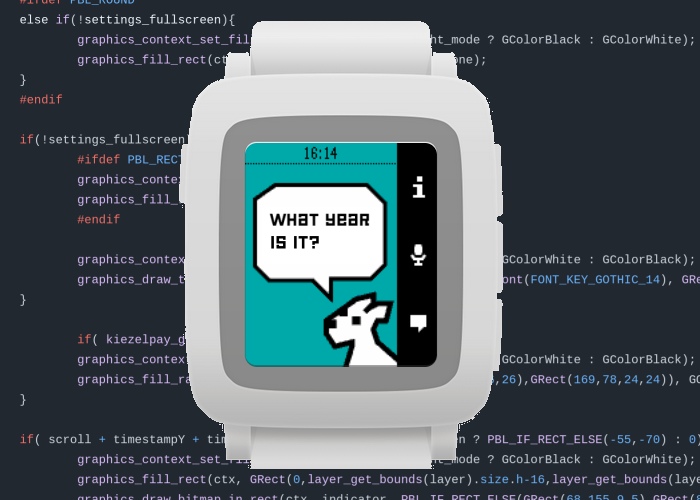
We’re also happy to announce that we’ve acquired the source code for Snowy! Snowy was one of the most popular assistants for the Pebble, and is still a useful companion today. However, given the current landscape of LLMs and voice assistants it is definitely due an upgrade, so expect to see this old dog appear in the hackathon.
🗒️ That’s all for now
Between everything above, and the fact that progress continues on our replacement mobile app, the future of Rebble has never looked so bright. We are committed to an open-source community-owned smartwatch, and these announcements bring that reality even closer. A huge thank you to everyone in the Pebble-verse who made this happen, especially those internal to Google who have helped ensure PebbleOS’s future. We’d like to especially thank Liam McLoughlin and Matthieu Jeanson, as well as Rebble superstar Katharine Berry. Thank you also to the many other Googlers who made this possible – and a massive shout out to Eric Migicovsky for ensuring this happened (and for creating Pebble in the first place).
One more shoutout: we would like to thank, of course, you! Without all of you Rebblers who have been entrusting us for the past 8 years to keep the dream of an open-platform user-respectful smartwatch alive, PebbleOS wouldn’t be relevant at all today. Your cumulative $3s a month have reminded the world that Pebble is worth preserving, and worth building on. We love this platform, and we’re glad that you do too. Thank you so much.
Stay tuned for more updates as the Hackathon launches, and when we have the first working versions of the new RebbleOS!
- Will ❤️
Clarifications:
How can I get involved with the hackathon?
See here.
Did Google gift PebbleOS to Rebble specifically?
No, Google have open sourced the PebbleOS to everyone, Rebble plans to make good use of this.
Is this related to <Other Project>?
No. If you’re reading about another PebbleOS project somewhere other than this blog, it does not involve us.
What if I have more questions?
Reach out to us at support@rebble.io, or drop a message on Discord.
